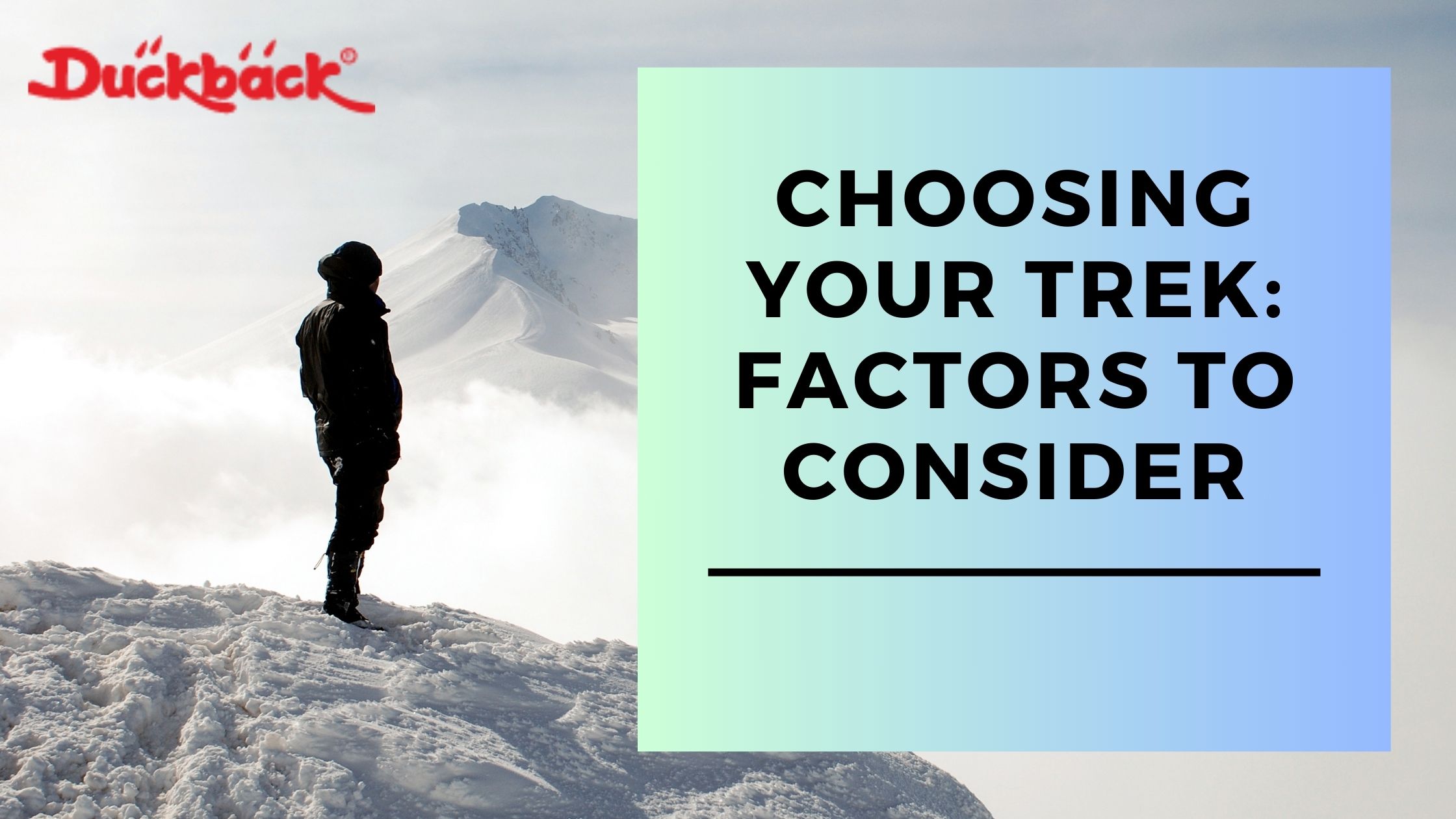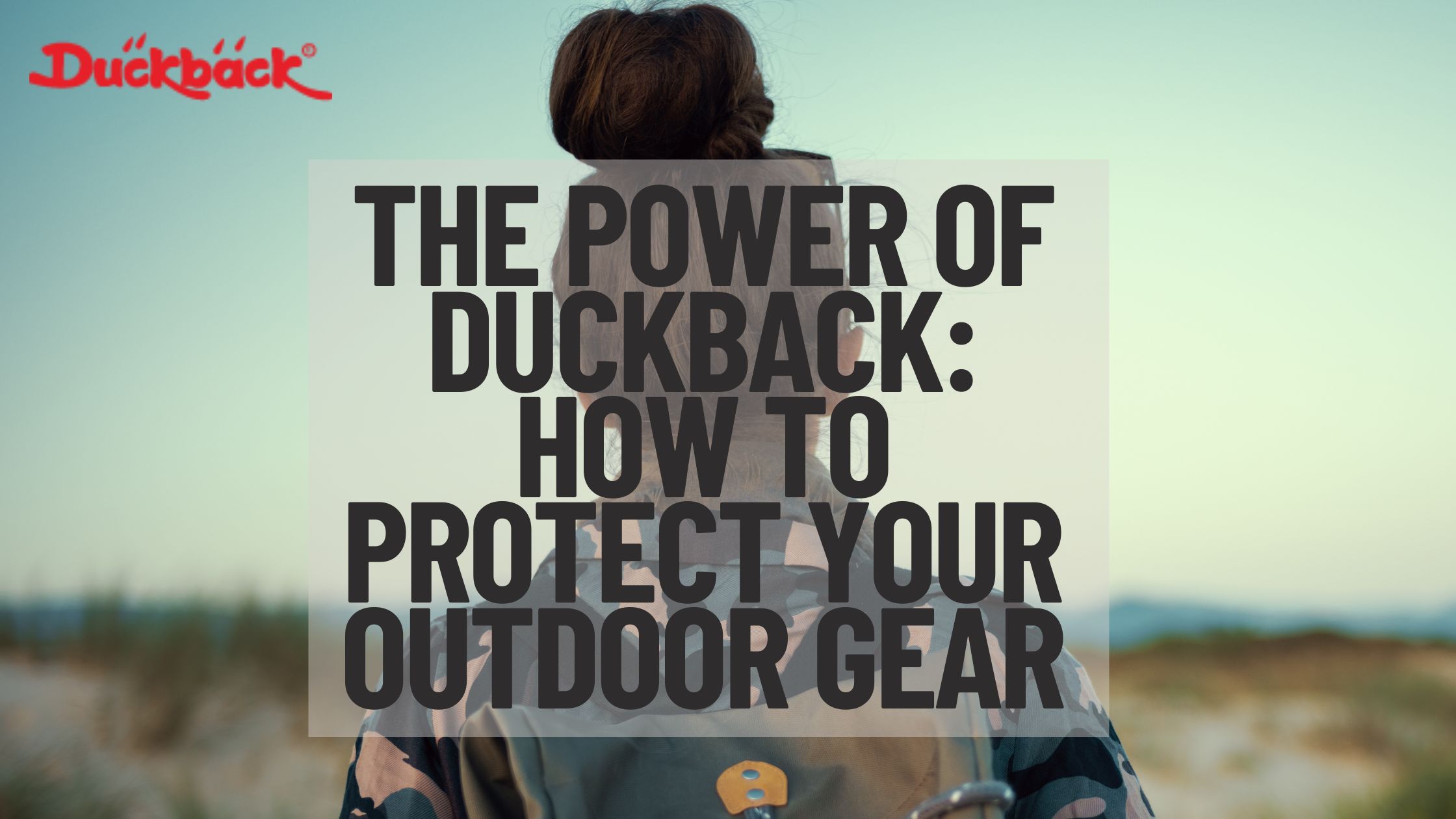Choosing Your Trek: Factors to Consider
Choosing the right trek involves considering several factors to ensure that the experience is enjoyable, safe, and matches your interests and abilities. Here are some key factors to consider when selecting a trek:
Fitness Level and Experience: Assess your physical fitness and hiking experience. Some treks are suitable for beginners, while others require advanced fitness levels and experience in hiking or mountaineering. Consider the trek's duration, distance, and elevation gain.
Time of Year and Weather Conditions: The best time for trekking can vary significantly depending on the destination. Research the climate and weather conditions for the time of year you plan to go. Some trails may be impassable or dangerous during certain seasons due to snow, rain, or extreme temperatures.
Altitude and Acclimatization: High-altitude treks require time for acclimatization to prevent altitude sickness. Consider the maximum altitude of the trek and whether the itinerary allows for gradual acclimatization.
Duration and Distance: Consider how many days you are willing to spend on the trek and how many hours you are comfortable hiking each day. This will help determine the appropriate length and difficulty of the trek for you.
Budget: Costs can vary widely depending on the destination, length of the trek, and level of comfort you seek. Consider guide fees, permits, transportation, accommodation, and food. Some treks can be done independently, while others may require or benefit from a guided tour.
Cultural and Scenic Preferences: Think about what you want to see and experience. Are you interested in mountain vistas, cultural encounters, wildlife, or remote wilderness? Choose a trek that aligns with your interests.
Permits and Regulations: Some treks require permits or have limits on the number of visitors. Research the necessary permits and book in advance if needed. Understand and respect local regulations and conservation efforts.
Safety and Emergency Services: Consider the remoteness of the trek and the availability of emergency services. In remote areas, evacuation options may be limited. Check if the route has cell phone coverage or if you need to carry a satellite phone or GPS device.
Equipment and Supplies: Ensure you have or can rent the appropriate gear for the trek. This includes clothing, footwear, backpacks, sleeping bags, and possibly camping equipment. Consider the availability of food and water along the trail or the need to carry your supplies.
Travel Insurance: Ensure you have travel insurance that covers trekking activities, especially for treks in remote areas or at high altitudes. Check that it covers emergency evacuation and medical treatment.
By carefully considering these factors, you can select a trek that matches your preferences, ensures your safety, and provides a fulfilling outdoor adventure.


















